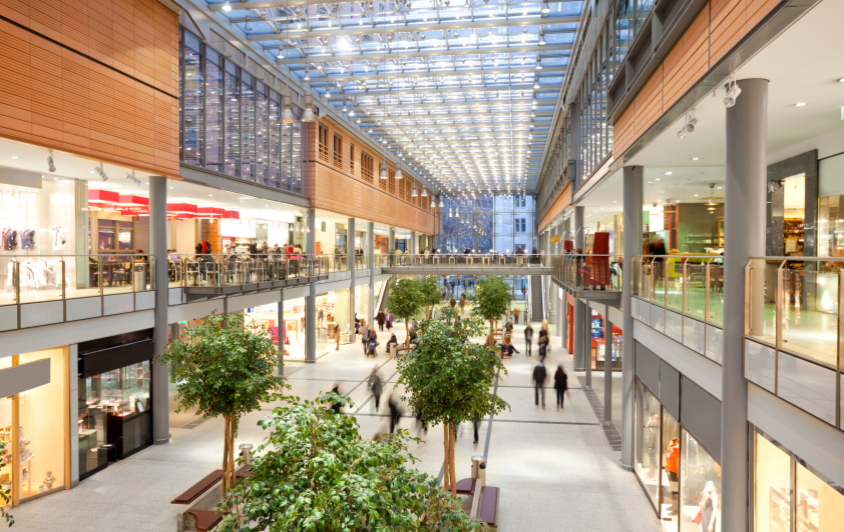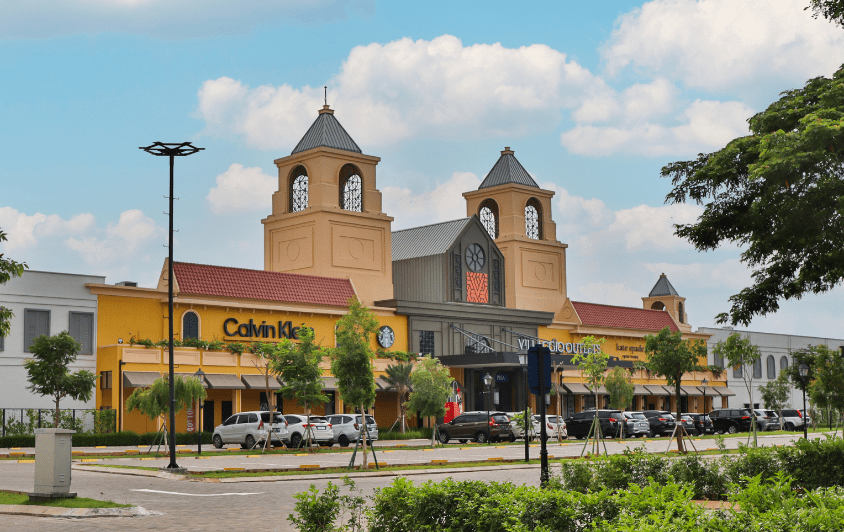In April this year the ICSC hosted their annual European Conference in Barcelona. The leading minds of Europe’s top developers, owners, investors, asset managers, retailers and service providers came together for two days to discuss the state of the shopping centre and outlet industry. There were several notable highlights;
1. Data is now a core theme
Just a few years ago, a conference like ICSC would have had a specific presentation with a subject like “How to create value by using data as an asset” Those days are long behind us; owners clearly now understand the competitive advantage they can secure by successfully harnessing data. Instead, the conference was hungry for examples of data in practice. One quote that stood out for me was from Ken Gunn, who stated that the top 4 outlet operators in Europe were achieving over 11% growth; numbers that many destinations can only aspire to. What was interesting, as he pointed out, was that they all have strong customer loyalty programs and use the data to enhance the retail mix and shopper experience – I am very proud to say that Coniq are working with all of them and help contribute to that success.
2. Phygital is no longer a buzzword, but is now a common term
We created a video last year about how we had worked with Compagnie de Phalsbourg to create a truly Phygital experience – taking the very best of online retail and combining it in the sensory-rich environment of an outlet, In Barcelona, the term was used countless times by presenters from the keynote speaker Ken Hughes to Michael Stanier, CEO of Charles Tyrwhitt, to Chris Potts of Alibaba
3. Everyone’s talking AI
At every networking event and every break-out session, the topic kept coming back to how AI can turn the tide on online retail by creating a truly personalised shopping experience – micro segmentation is within our grasp and the result will be insight on crowd behaviour, and the huge volume of data on a group of similar people is then translated into a customer experience tailored specifically for a single consumer.
As for myself, I spoke about the concept of “Digital Spaghetti” which may sound like a strange choice of dish given Spain’s rich culinary heritage, but what I was describing is how many landlords have tried to link one data feed to another in order to get more meaningful insight. Whilst connecting multiple technologies and data sources is a good thing, it needs to be done in the right way; Landlords need a well-designed, central system to link all their shopper touch points together, not only to avoid complexity and cost, but to avoid a solution that is patched together at great expense, with unwieldy results and, more importantly, which doesn’t give their guests the seamless and joined-up experience they demand.
Another common issue is that many developers have invested millions of Euros in developing their own complex systems only to see them become defunct as the market shifts direction. Legacy systems can create costly overheads which inhibit the owner’s ability to react to change.
Just as open banking has driven major structural change and created huge new opportunities in the finance sector, Malls and Outlets need flexible systems that can adapt quickly to constant change and that can anticipate future needs & opportunities. As new demands arise, the system should be able to incorporate them, whether that is AI for enhanced segmentation, real-time customer engagement for rewarding customers when they are in the centre or accepting new data feeds and turning them into actionable insight for retailers.
Constant change is now a way of life for retail destinations and flexibility is key to meeting their customers’ demands and ensuring a centre’s continued success.






